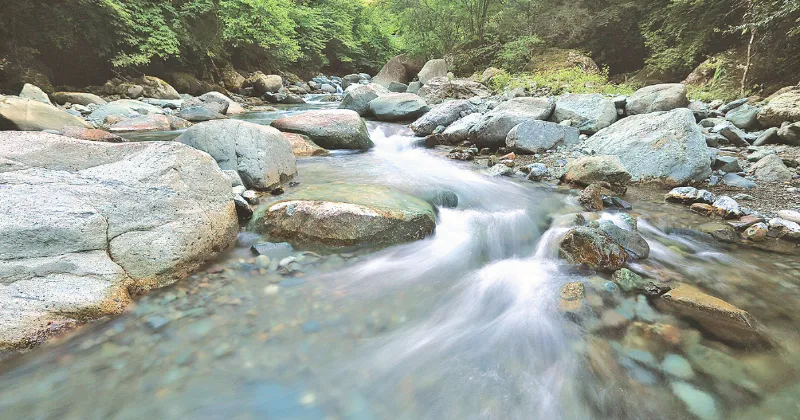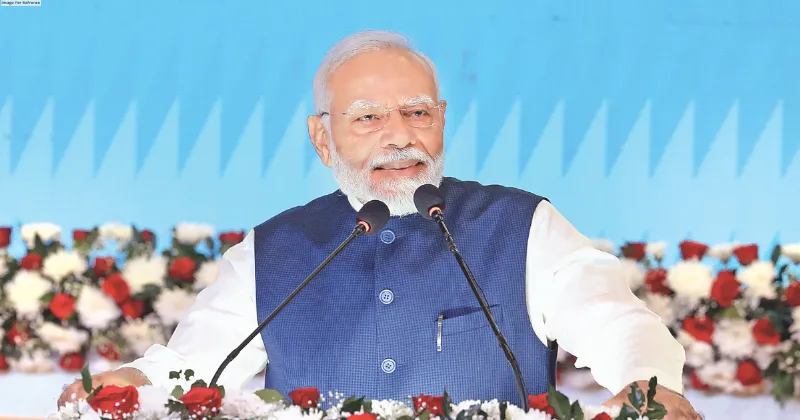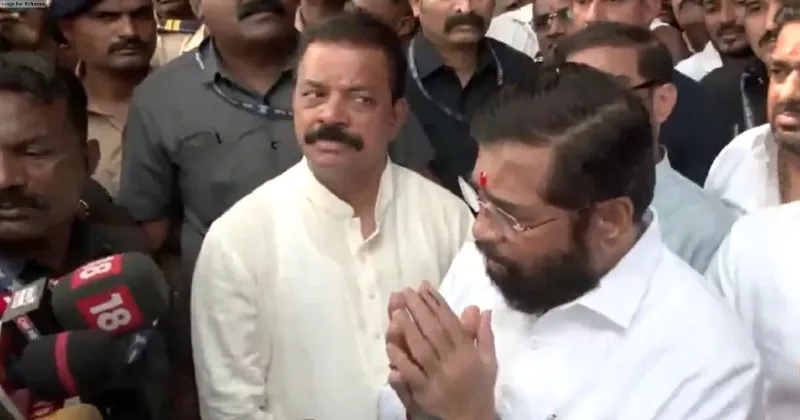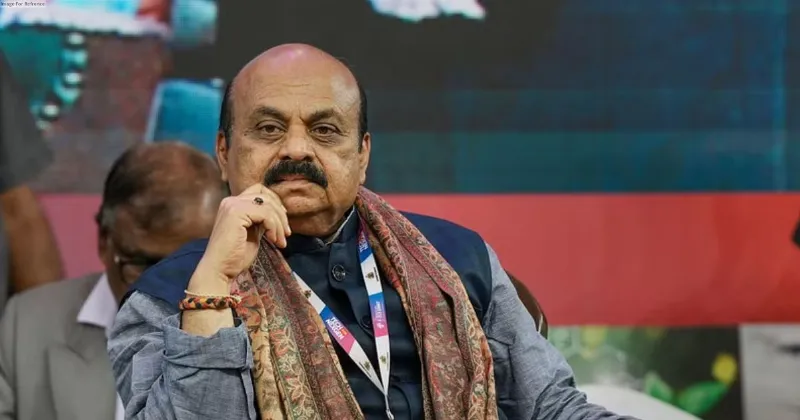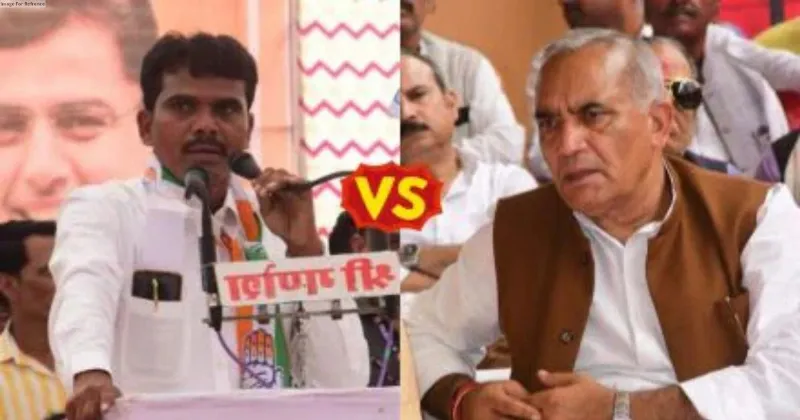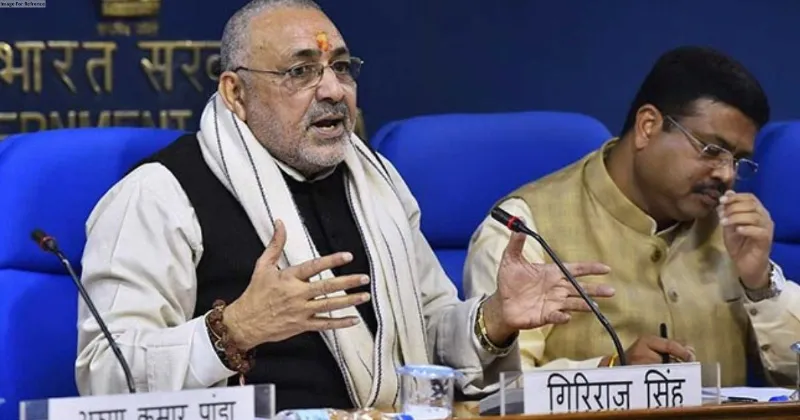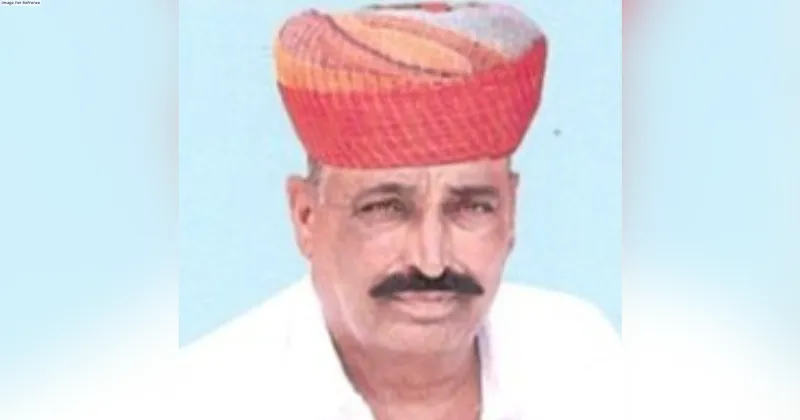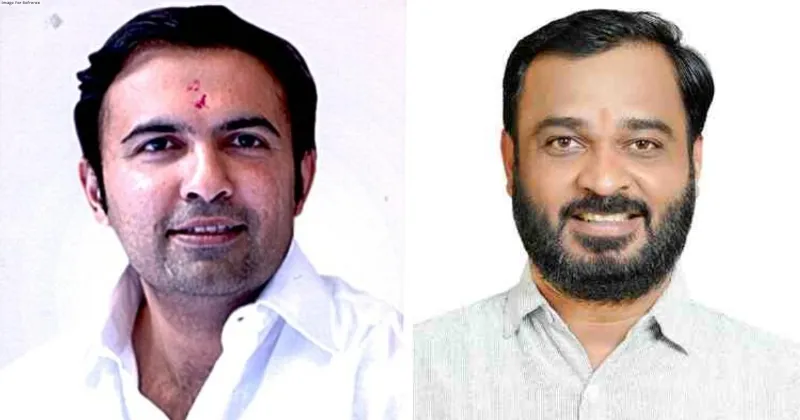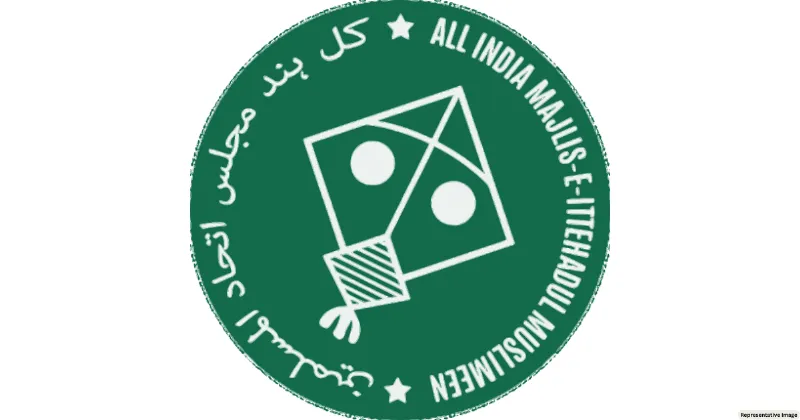Latest News
IN TENSE MANIPUR, WHO WILL BROKER TRUCE?

It is a complex and age-old situation and with time, if left “neglected”, the scar would only get worse. For the mainstream media in the country, the widespread violence was reported, but not much was said on why the situation was palpable.
The last time violence of this scale took place way back in 1992. That time of course, clashes occurred between the NSCN (IM), representing Naga interests, and the Kukis in Moreh town in Manipur which is placed on the Indo-Myanmar border and a trade centre which is infamous and known for smuggling — including Burmese teak, arms and drugs.
Since 1992, however, there have been other violent protests in Manipur like the Meiteis demanding an “Inner Line Permit for the state” – to check “infiltrators” — way back in 2015, which led to a 10-day curfew. Later, this violence also witnessed counterstirs in Churachandpur, leaving around nine dead in reported firing by the police.
The insurgency that took place especially before 2012 was specific and directed at security forces or involved insurgent groups belonging to different communities and tribes.
It may be noted that one more worrying aspect this time, however, is that even during the deadly Naga-Kuki clashes, Manipur’s civil society organisations had reached out to the warring factions, to build bridges and restore peace through a number of hectic parleys. However, now that the violence is more localised… the reported absence of groups or leaders who do not come out in the open to resolve the matter and hence there’s a vacuum as far as negotiators are concerned to broker peace!
Sadly, the civil society bodies as well as student groups which once played a very crucial role across communities and tribes are these days not to be witnessed like in the past. However, the student bodies’ role was under question over reportedly raising tempers on both sides.
THE TRIGGERING FACTOR?
In February, people living in K Songjan village under the Henglep sub-division of Churachandpur were evicted as part of the government’s initiative to protect and preserve protected/reserve forests. It may be noted that the village also fell under the Churachandpur Khoupum Protected Forest. Villagers, however, alleged that the eviction was carried out without prior notification.
The Kuki People Alliance (KPA) also condemned the eviction drive and termed it inhumane, saying it was conducted without consulting the Hill Areas Committee (HAC), which is an autonomous body empowered to monitor legislation and administration of hill areas.
In March, the Kuki Inpi had called for a peaceful rally to protest the eviction, but the rally in Kangpokpi district turned violent. After this, the Biren govt had alleged that the protests were organised for “unconstitutional” purposes, and that the “encroachers” were using the land for “poppy plantation and drugs business”.
THE KUKI GROUPS’ VERSION…
The Kuki tribes are unhappy with the survey of the land. It was carried out for the Churachandpur-Khoupum Protected Forest region which covers an area of around 490 sq km and spreads across three districts, like Churachandpur, Noney and Bishnupur.
The ITLF, however, warned that they would continue with non-cooperation until the government nullified the 1966 order that declares tribal areas as protected/reserved forests.
The All-Tribal Students’ Union Manipur (ATSUM) said (violent) protest in Churachandpur was not a spontaneous phenomenon but an outburst of growing dissent.
It may be noted that unrest and heartburn have been brewing among the tribes in the hills for a number of causes. In April, Churachandpur witnessed violence after a mob attacked an open gym that was to be inaugurated by the Manipur chief minister Biren Singh. A major reason for discontent has been the state government’s notices since August 2022 claiming that 38 villages in the ChurachandpurKhoupum Protected Forest area (in Churachandpur and Noney districts) are “illegal settlements” and its residents are “encroachers”.
Following this, the government initiated an eviction drive which resulted in clashes while Kuki groups have claimed that the survey and eviction was in violation of Article 371C, which confers some administrative autonomy to the tribal-dominated hill areas of Manipur.
MAJOR COMMUNITIES IN MANIPUR
The Meiteis are the largest community. Altogether, there are 34 recognised tribes, which are mainly classified as ‘Any Naga Tribes’ and ‘Any Kuki Tribes’.
The central valley in the state of Manipur accounts for about 10% of landmass of the state of Manipur, and is hence primarily home to the Meitei and Meitei Pangals who constitute about 64.6% of the state’s population. However, the remaining 90% of Manipur’s geographical area consists of hills which surround the valley and which are home to the recognized tribes, making up about 35.4% of Manipur’s population.
WHY ARE MEITEIS DEMANDING ST STATUS?
This demand gained momentum way back in 2012 which was led by the Scheduled Tribes Demand Committee of Manipur (STDCM). The recent plea before the Manipur High Court was by the Meetei (Meitei) Tribe Union, seeking directions to the Manipur government to submit a recommendation to the Union Ministry for Tribal Affairs for the inclusion of the Meetei/Meitei community in the list of Scheduled Tribes in the Indian Constitution, as a “tribe among tribes in Manipur”.
WHAT DID THE PLEA SAY?
The petitioners, however, argued that the Meitei community was recognised as a tribe before the merger of the princely state of Manipur with the Union of India in 1949, and that it lost its identity as a tribe after the merger. In the court, it was argued that the demand for ST status arose from the need to “preserve” the community, and “and save the ancestral land, tradition, culture and language” of the Meiteis.
In various pleas to the state and subsequent central governments, the STDCM had stated that as a result of being left out of the ST list, “the community has been victimised without any constitutional safeguards to date. The Meitein/Meetei have been gradually marginalised in their ancestral land. Their population which was 59% of the total population of Manipur in 1951 has now been reduced to 44% as per 2011 Census data”.
WHY THE OPPOSITION?
It may be noted that the Meiei demand for ST status has long been opposed by the tribal groups of the state. One of the reasons cited for the opposition is the dominance of the Meiteis, both in population and in political representation. It may be noted that 40 out of the 60 Assembly constituencies of the state are in the valley.
There are other arguments against the demand too which are … the Manipuri language of Meiteis is included in the Eighth Schedule of Constitution, and that sections of the Meitei community — which is predominantly Hindu — are already classified under SC or OBC categories and have access to the opportunities associated with the said status.
THE VIEWS EXPRESSED BY THE AUTHOR ARE PERSONAL
ROBIN ROY The writer is Senior Journalist and former Managing Editor, First India

